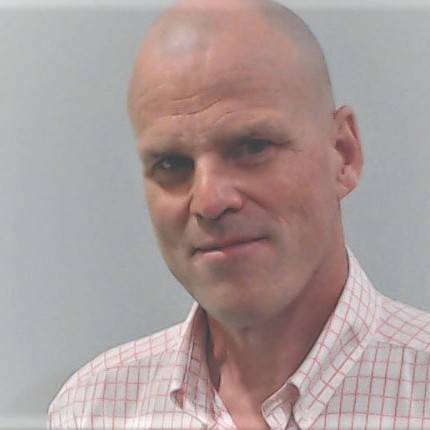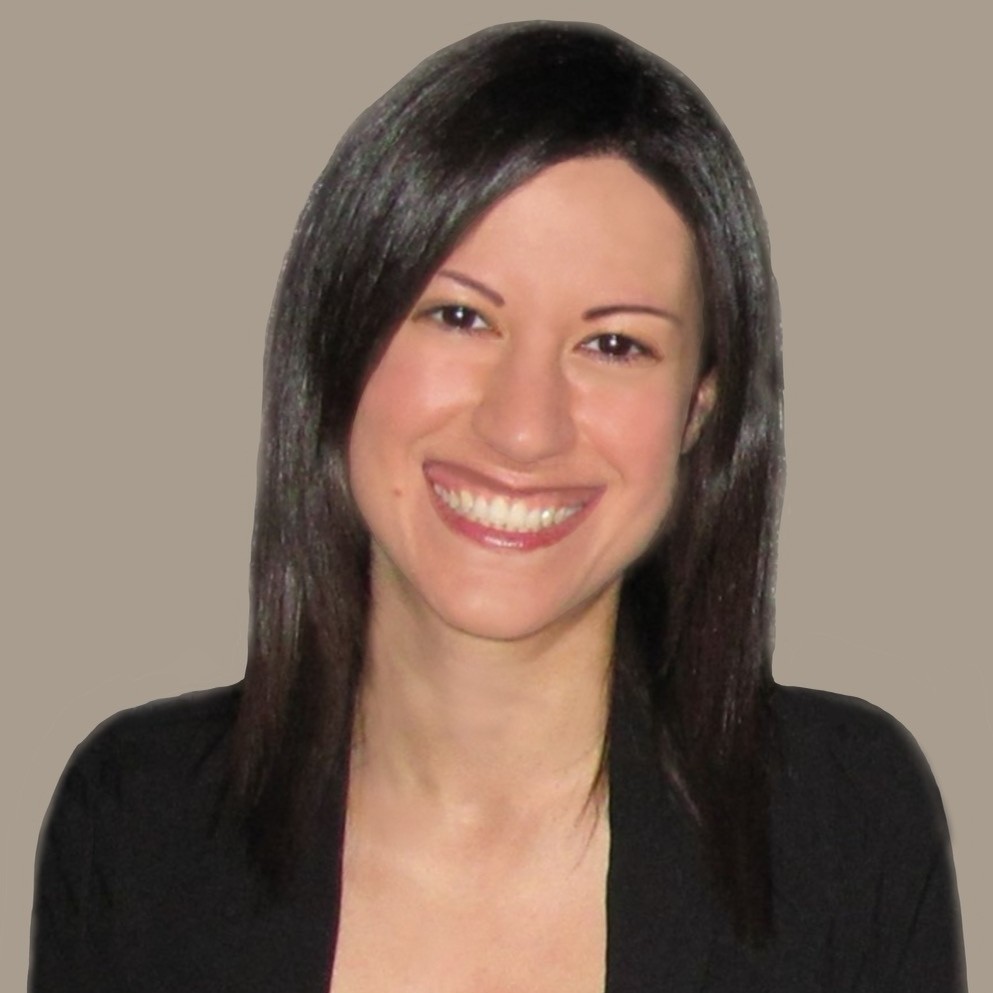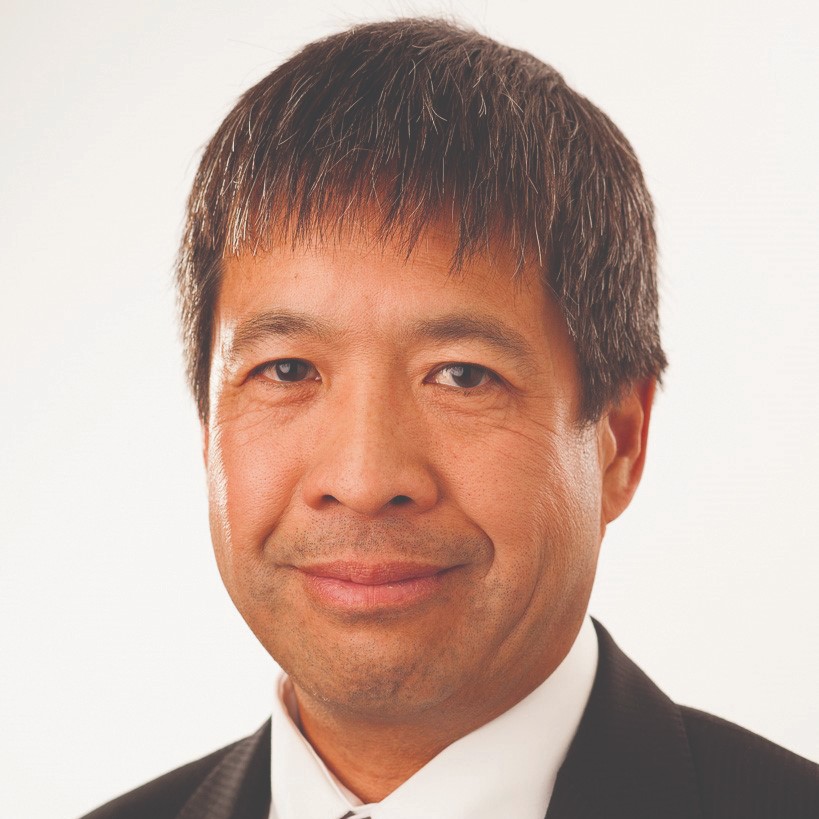This article originally appeared in the Summer 2023 issue of the Ontario Medical Review magazine.
What challenges have been overcome in your community that benefited patient care?
District Dialogues is a new feature in the Ontario Medical Review aimed at spotlighting different perspectives on important health-care issues from physician leaders across Ontario. In this edition, the OMR asked representatives from each district about challenges they have had to overcome in their communities that ultimately benefited their patients and the health-care system.


London
“In recent months, there have been substantial shifts in the delivery of care within our communities. The expansion of virtual care has enabled a convenient option for accessing necessary information for our patients. Additionally, it has enabled physicians to efficiently provide care to a greater number of patients within the same timeframe. Through collaborative efforts between our local OHTs and hospitals, a new working relationship has been established to address both individual patient care and population-based concerns.”


Thornhill
“A significant challenge at the beginning of my practice was witnessing patients struggle with having to choose between engaging in mental health care and meeting other obligations, like work, school or childcare — especially those who lived further from city centres. With the expansion of virtual care options over the past several years, many logistical and geographic barriers have been overcome, which has led to more consistent psychiatric treatment. It’s been very rewarding being a part of this paradigm shift.”


Windsor
“My community struggled with a shortage of physicians in the region. However, since the establishment of the Windsor satellite campus of the Schulich School of Medicine and Dentistry, Western University, the Windsor-Essex area has seen a 35 per cent increase in family physicians and a 31 per cent increase in specialists in the area since its opening. The medical school also established a family medicine residency program. This program has been successful as 80 per cent of graduates from this program stay in Windsor-Essex. Also recognizing the severe shortage of psychiatrists in the region, a new psychiatry residency program was established by the school and has produced four graduates – three of whom have stayed in Windsor.”


Kingston
“People living in rural southeastern Ontario lack access to rapid diagnostic interpretation of common blood abnormalities. A grant from Ontario Health allowed hospitals in this region to purchase new digital technology-based instruments that use specialized software to identify and classify abnormal cells on blood smears. This technology, implemented in Brockville, Perth, Smiths Falls and Napanee and electronically interfaced with the Kingston Health Sciences Centre, enables remote, real-time review of the blood abnormalities. Community hospitals that do not often see many patients presenting with hematologic abnormalities, such as malaria and leukemia, can now diagnose patients faster without needing to transport slides between hospitals.”
Belleville
“The COVID, Cold and Flu Care Clinics provided by Hastings Prince Edward Ontario Health Team are an example of just one initiative that helped ensure patients in my area got access to the right care, in the right place, at the right time. Hospitals in our area struggled to deal with the high number of patients suffering from COVID and cold symptoms, but these clinics were successful in diverting non-emergency traffic from emergency departments throughout the county. The clinics were also especially helpful for residents who are unattached, functionally attached, or unable to access their regular primary care.”